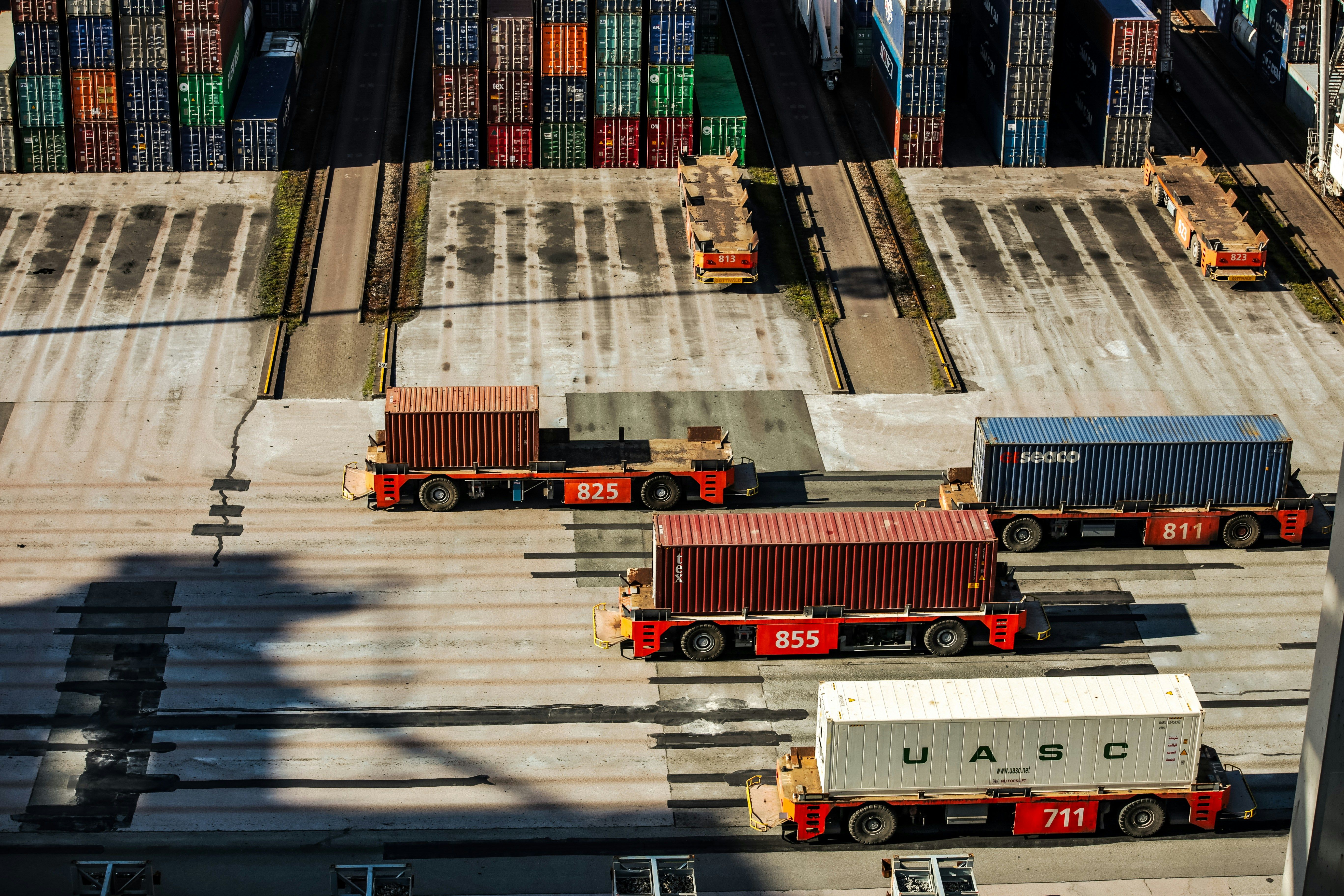As Docker users, we know how painful it is to waste so much time on image build and pull. I know you are with me on this. For managing software built and deployments using Docker is important that we optimize the build process. Anything lengthy or bulky can affect your pace of development. So, everything must work as efficiently as possible. Optimization is not only for saving time; it's for crafting simple, lean, secure, and manageable Docker images.
Understanding Dockerfiles and Image Layers

Basic knowledge first- A Dockerfile is a YAML file that contains all the commands to build a Docker image. That is a series of layers, and each of those layers is a snapshot of a particular step in the process. While the image can be built by just stacking these layers one over the other, this practice can make your images voluminous, taking up unnecessary space, slowing down your process, and also possibly making your application vulnerable to security risks. Building an effective Docker image is all about removing all the extra flab that our Dockerfile is carrying around, retaining only that which is necessary to keep your application running smoothly. And here's where multi-stage Dockerfiles come in handy.
What are multi-staged Docker files?

Multistaged Docker files are a way to segment your build into stages, each serving a purpose.
Unlike traditional Dockerfiles, which are built in one step with sequential build instructions, multistage Dockerfiles allow you to split parts of your build process into several stages, such as having all the heavy operations of compilation/interpretation and packaging of the application in one stage, while running the image in the container is another stage by leveraging the artefacts that were created in the former stage. The fact that this method accelerates the building process makes a great contribution to the final image, which is much smaller and safer.
Why Bother with Multistage Dockerfiles?

OK, so why should you use multistage Dockerfiles? There are two key advantages:
- Parallel Processing: If you do a multistage build, different parts of your build can execute at the same time, meaning the whole pipeline will be faster.
- Smaller Final Images: Because the build environment is kept away from the runtime environment, multistage builds guarantee that the final Docker image comprises just what's required to run your application.
It means that in a traditional Docker build, every command in the Dockerfile adds a layer to the resulting image, so everything from your dependencies to your compiled code is packaged into an image that can become very overweight. In multistage builds, you can exclude unnecessary layers and keep only the necessary ones.
How Do Multistage Builds Work?
Multistage builds logically separate a Dockerfile into stages, one for each major concern. Perhaps there's one stage to install the dependencies and another for compiling your code; finally, there's one to package up the application. The magic here is that only the final image that cherrypicks exactly what it needs to run your application, and the rest of the layers get thrown away.
This separation comes in handy for applications with heavy build dependencies. If you remove everything not needed at runtime, you have a much smaller and more secure image by reducing the attack surface.
An Example: Comparing Dockerfile Sizes
Let's take a concrete example that should help us understand the advantages of multi-stage builds.
Here we are using a simple Flask app rendering an HTML page with Hello World! Nothing nerdy!
Classic Dockerfile:
In such a setup, every stage will increment the size of the final image, which includes the dependencies, the build tools, and the source code.
Multistage Dockerfile:
In this multistage Dockerfile, the build and runtime environments are kept separate. The first stage builds the application, whereas the other stage packages it.
The result is a much smaller final image containing only the compiled app and the minimum runtime environment necessary to run it.
Conclusion
Multistage Dockerfiles are the best way to optimize your Docker images. Again, by breaking the build process down into distinct stages, the acceleration of the build pipeline will not only be smoother but generate smaller and even more secure images that will be much easier to manage.
With multistage builds applied to your workflow, the Docker images are now optimized with better performance and security, which could consequently make your deployments fast and effective.

